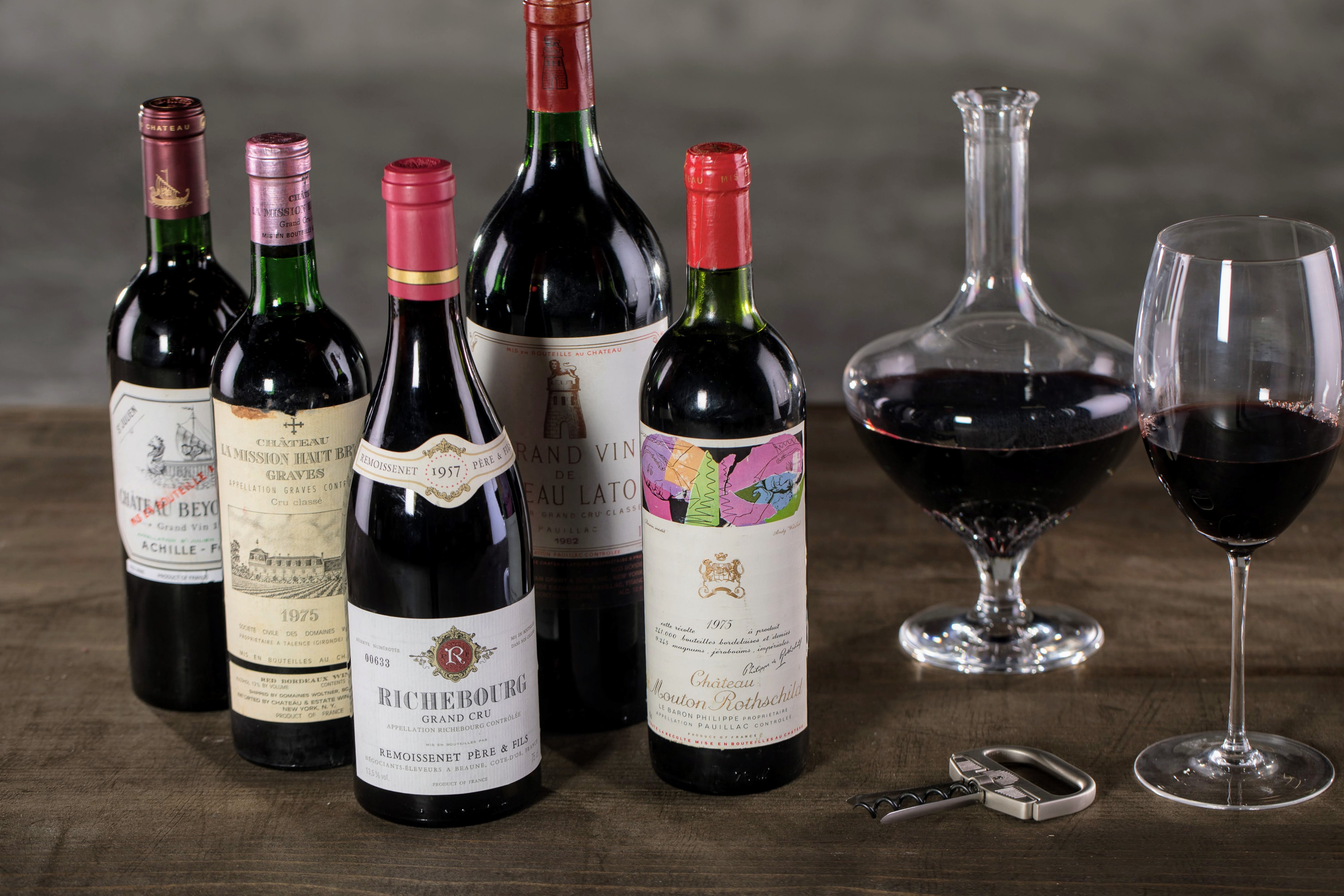

These soils are the secret behind the zesty minerality that’s the hallmark of Burgundy wines. Time transformed the seabed into limestone soils. To the Burgundy vigneron (winemaker), the region is not only the original home of these grapes, but the terroir (“tear-wah”) that best expresses their character – elegant, aromatic, and complex.Ī Brief History of Burgundy Wine limestone fossil by PaulĪbout 200 million years ago, the region was part of a vast, tropical sea. There are others too, of course, like Aligoté, Pinot Gris, Gamay, and Sauvignon Blanc but the primary focus of Burgundy’s production is Pinot Noir for Bourgogne Rouge and Chardonnay for Bourgogne Blanc. The easiest way to wrap your brain around Burgundy is to understand that there are only two grape varieties to remember: Pinot Noir and Chardonnay Yes, it is home to some of the most expensive wines in the known universe, but there are also tasty and affordable wines. The complexity of Burgundy can cast fear into the heart of even a seasoned wine pro, but fear not – the region need only be as complicated as you want it to be. The French Wine region of Burgundy (aka “Bourgogne”) may be small in size, but its influence is huge in the world of vino. Know which regions are better for Chardonnay vs. Want more confidence in buying Burgundy wine? This simple guide includes maps, infographics, and the essential facts on Burgundy’s five major sub-regions.


 0 kommentar(er)
0 kommentar(er)
